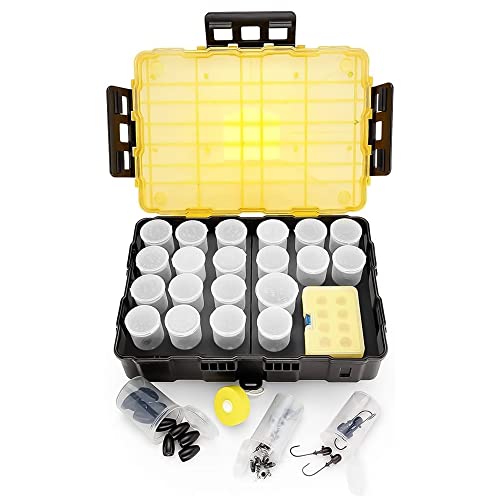thill
Well-known member
That is interesting. What state do you live in? Are you pretty far north?In all my years of using goop, I never saw it turn brown, even below the waterline. 25 years back when they finnished building my home, the last piece of siding at the peak was held in place with " goop" ....according to the builder they had been using this stuff for years. Well, my piece is still glued in place, is still clear, and no sign of letting go. I have tried the e6000 but find it thinner and more runny, doesn't hang on to verticle surfaces well. Just my experience, I do prefer the goop, but just my preference
Working on boats a lot, I've had to cut off a lot of amber brown Goop that customers used in various locations. I would never use it below the waterline. I'm pretty sure it's sunlight that does that to Goop, but it could be something else on boats that does that to it. I'm not sure, but it's not good.
You are correct in that, that E6000 is not as thick as Goop. You don't need to smear huge globs of it all over your work. There may be times where that is a disadvantage, but I'm not sure when.
E6000 can be used in several ways, notably as a contact cement. You smear a thin coat on both parts, let it dry until tacky and then press together. On clean surfaces, it is quite strong, but not destructively so, like 3M 5200 can be. It works very well on fabric repairs, like patching bimini tops or boat covers. I haven't seen anything that works better for that. And it is impervious to sunlight, which is pretty important here in the south.
Then, of course, it also works well as a sealant or caulk, or for putting on screws before driving them in. I use it a lot when doing installs, around dashboards, doors and hatches, and around other installed fixtures.
That being said, there are places that Goop works better, in fixing shoes, in particular. You just slather that stuff in there, and once it really dries, it works on most shoes. It works in other places, too but I strongly recommend not using it in strong, direct sunlight.
Slightly different tools. Kind of like the difference between a jigsaw and a Sawzall. Both have their places.
























































